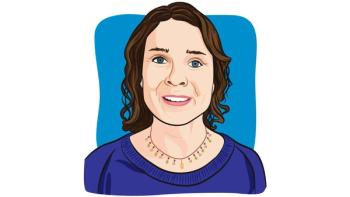
Understanding Mutations May Predict Outcomes in Myeloproliferative Neoplasms
Understanding the type of MPN can affect how care is carried out and how well it may work.
Personalized medicine is more than just creating a treatment plan for an individual. It’s studying that person’s genes, proteins and tumor to help diagnose and then determine which is the best way to care for them.
Patients with
A study published in the
“Currently, disease progression in patients with MPNs is rather unpredictable,” said first author Jyoti Nangalia, a clinician scientist and consultant hematologist at Wellcome Sanger Institute. “When it does happen, prognosis can often be poor. So, we feel it is important to be able to predict future outcome accurately.”
The findings showed that 33 genes had driver mutations in at least five patients. In 45 percent of patients, mutations were in JAK2, CALR or MPL, accounting for 1,831 driver mutations. In addition, 1,075 driver mutations were identified across other genes. The number of driver mutations increased with age and advanced disease. “Driver mutations, germline polymorphisms and demographic variables independently predicted whether patients received a diagnosis of ET as compared with PV or a diagnosis of chronic-phase disease as compared with MF,” the researchers wrote.
The researchers also found that CALR and MPL mutations more commonly occurred early on in the disease, while mutations in NRAS, TP53, PPM1D and NFE2 occurred later. People with TP53 and MPL are at high risk of disease transformation to
“We were able to build a model that provides personalized prognostic predictions for any individual with an MPN,” said Nangalia. “Clinicians may use this information to look up the future outlook for their patients. Patients with a poor outlook may be considered for alternative treatment approaches, and those with a good outlook can be reassured and standard treatment followed. Making accurate predictions does require more extensive genetic screening of patients than may be routine in some centers. This is something that individual hospitals would need to weigh up.”
Nangalia hopes to determine how to use the information from this study to plan new strategies of treatment for patients that are at risk of a poor outcome.




